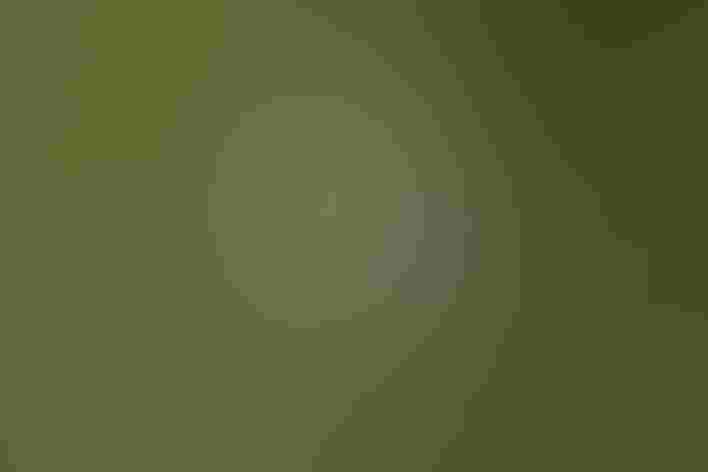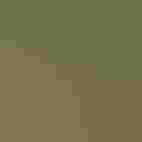Rose-breasted Grosbeak
At a Glance
In leafy woodlands of the East, the Rose-breasted Grosbeak often stays out of sight among the treetops. However, its song -- rich whistled phrases, like an improved version of the American Robin's voice -- is heard frequently in spring and summer. Where the range of this species overlaps with that of the Black-headed Grosbeak on the Great Plains, the two sometimes interbreed.
All bird guide text and rangemaps adapted from Lives of North American Birds by Kenn Kaufman© 1996, used by permission of Houghton Mifflin Harcourt Publishing Company. All rights reserved.
Category
Cardinals, Perching Birds
IUCN Status
Least Concern
Habitat
Forests and Woodlands, Shrublands, Savannas, and Thickets, Urban and Suburban Habitats
Region
Alaska and The North, California, Eastern Canada, Florida, Great Lakes, Mid Atlantic, New England, Northwest, Plains, Rocky Mountains, Southeast, Southwest, Texas, Western Canada
Behavior
Direct Flight, Undulating
Population
4.700.000
Range & Identification
Migration & Range Maps
Tends to migrate relatively late in spring and early in fall. Migrates at night. Strays appear widely in West during spring and fall.
Description
8" (20 cm). Adult male has rosy triangle on chest, black head, big white spots in wings. Female and young dark brown above, striped below; may suggest sparrows, but note heavy bill, strong face pattern, bold white in wings.
Size
About the size of a Robin, About the size of a Sparrow
Color
Black, Brown, Orange, Red, White
Wing Shape
Rounded
Tail Shape
Notched, Rounded, Square-tipped
Songs and Calls
Its distinctive call note is a sharp, penetrating, metallic eek-eek. Song is like that of an American Robin, but softer and more melodious.
Call Pattern
Complex, Undulating
Call Type
Chirp/Chip, Flute, Whistle
Habitat
Deciduous woods, orchards, groves. Breeds mostly in open deciduous woods, sometimes in mixed woods, favoring edges or openings with combination of shrubs and tall trees rather than unbroken forest. In migration, may occur in any wooded or semi-open area. Winters in the tropics, mostly at forest edge or in second-growth woods in lowlands and foothills.
Sign up for Audubon's newsletter to learn more about birds like the Rose-breasted Grosbeak
Behavior
Eggs
3-5, typically 4. Pale greenish blue, spotted with reddish brown. Incubation is by both parents, 13-14 days.
Young
Both parents feed the nestlings. Young leave nest about 9-12 days after hatching. Male may care for fledglings while female begins a new nest. 1-2 broods per year.
Feeding Behavior
Forages mostly in shrubs and trees, searching for food among foliage. Sometimes hovers to take insects from foliage or bark, or flies out to catch insects in mid-air.
Diet
Mostly insects, seeds, and berries. About half of annual diet may be insects, including beetles, caterpillars, grasshoppers, true bugs, and others, also spiders and snails. Eats many seeds, including those of trees such as elms, and sometimes eats buds and flowers. May feed heavily on berries and small fruits in late summer and fall. Young are fed mostly insects.
Nesting
Male sings to defend nesting territory, and may fight actively with intruding males. In courtship, male may partly spread wings and tail, draw head back, and approach female while singing. Nest: Placed in deciduous tree or large shrub (occasionally in conifer), usually 5-20' above ground, sometimes much higher. Nest (built mostly by female) is an open cup, rather loosely made of twigs, weeds, leaves, lined with finer twigs, rootlets, and sometimes animal hair. May be so flimsy that eggs are visible through the nest from below.
Conservation
Conservation Status
Could be vulnerable to loss of habitat, but current numbers apparently stable.
Climate Threats Facing the Rose-breasted Grosbeak
Choose a temperature scenario below to see which threats will affect this species as warming increases. The same climate change-driven threats that put birds at risk will affect other wildlife and people, too.










